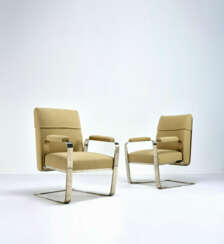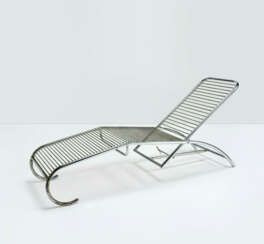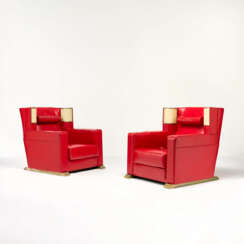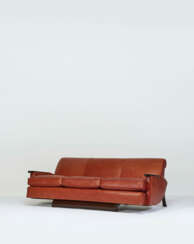
Armchairs and chairs — Modern Reign, Tribute to the Maharajah of Indore
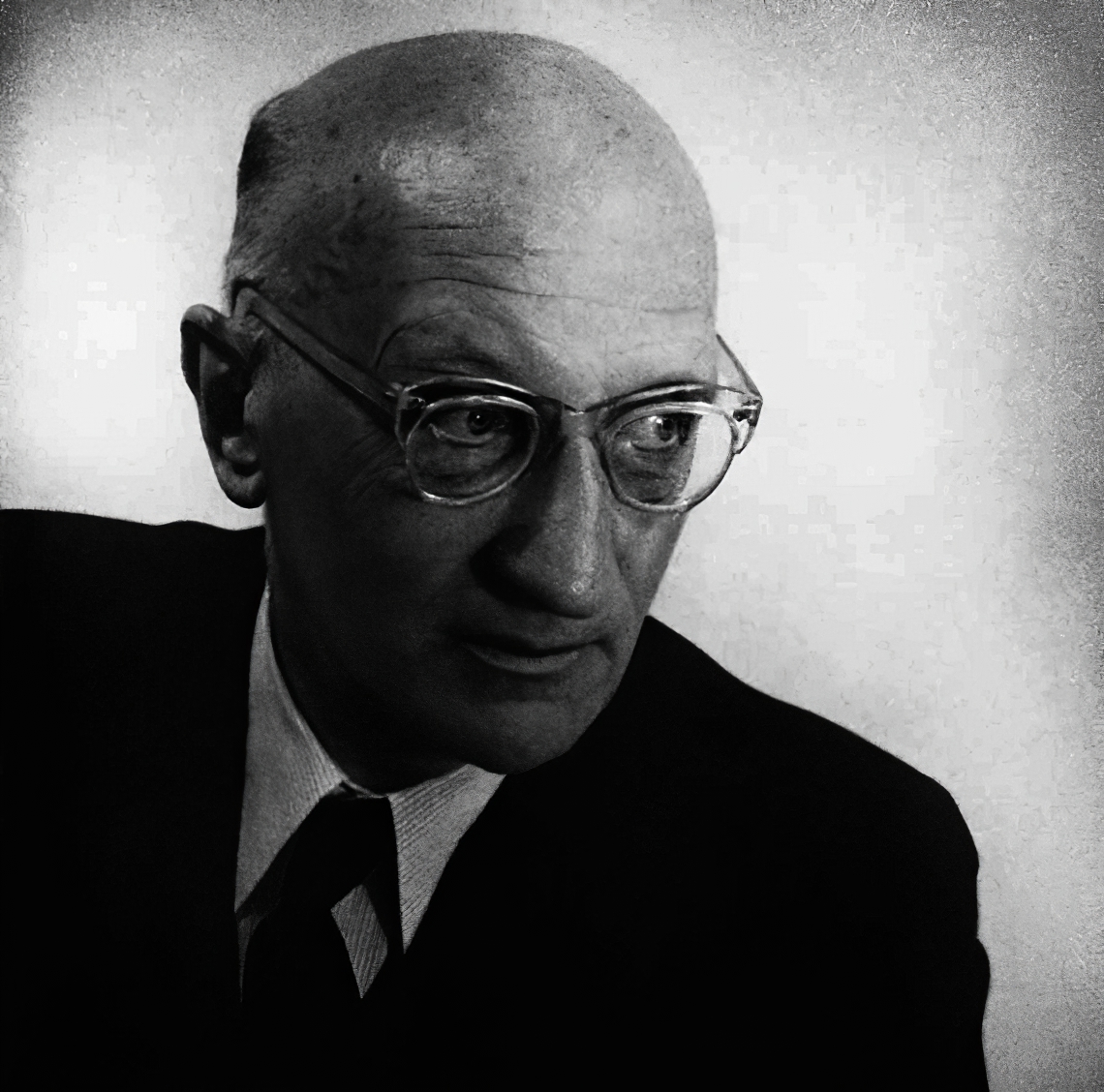
Hans Luckhardt was a German architect and the brother of Wassili Luckhardt, with whom he worked his entire life. He studied at the University of Karlsruhe with Hermann Billing and was a member of the Novembergruppe, the Arbeitsrats für Kunst, and the Glass Chain. Together with Anton Lorenz, he designed furniture in the 1920s and 1930s, predominantly steel-tube and moveable chairs.
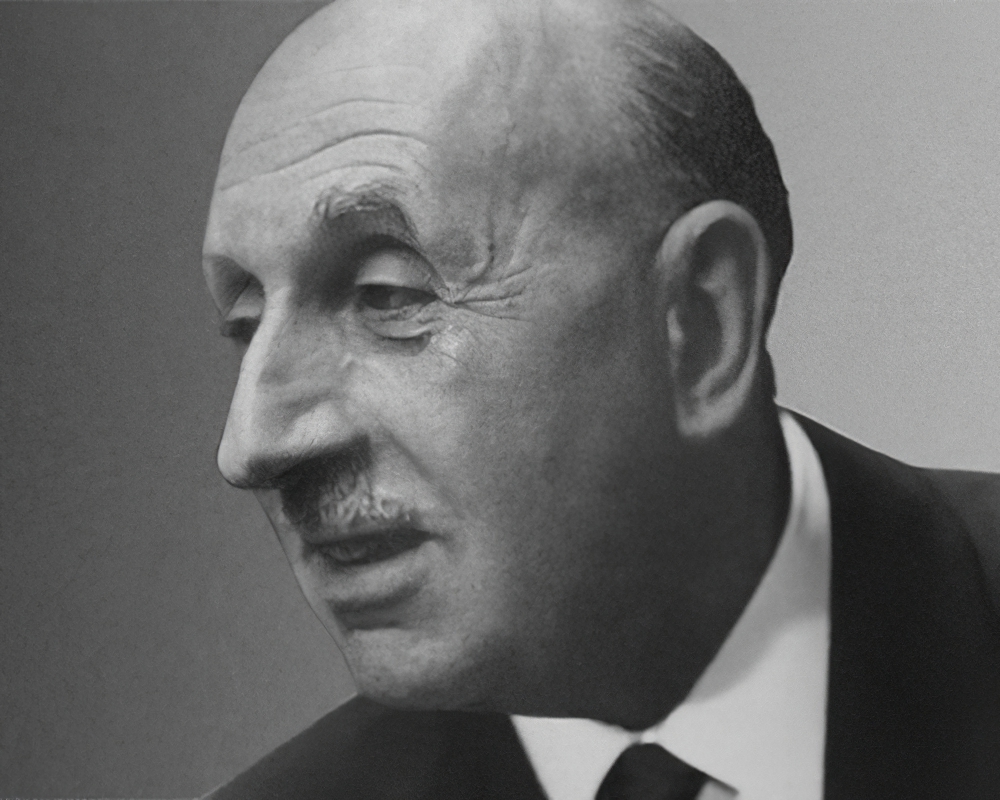
Wassili Luckhardt was a German architect. He studied at the Technical University of Berlin (Technische Universität Berlin) and Dresden. Luckhardt and his brother Hans worked closely together for most of their lives. Both were members of the November Group (Novembergruppe), the Arbeitsrat für Kunst, the Glass Chain and, from 1926, the progressive architecture group Der Ring. The brothers shared an office with the architect Alfons Anker.

Hans Luckhardt was a German architect and the brother of Wassili Luckhardt, with whom he worked his entire life. He studied at the University of Karlsruhe with Hermann Billing and was a member of the Novembergruppe, the Arbeitsrats für Kunst, and the Glass Chain. Together with Anton Lorenz, he designed furniture in the 1920s and 1930s, predominantly steel-tube and moveable chairs.

Wassili Luckhardt was a German architect. He studied at the Technical University of Berlin (Technische Universität Berlin) and Dresden. Luckhardt and his brother Hans worked closely together for most of their lives. Both were members of the November Group (Novembergruppe), the Arbeitsrat für Kunst, the Glass Chain and, from 1926, the progressive architecture group Der Ring. The brothers shared an office with the architect Alfons Anker.
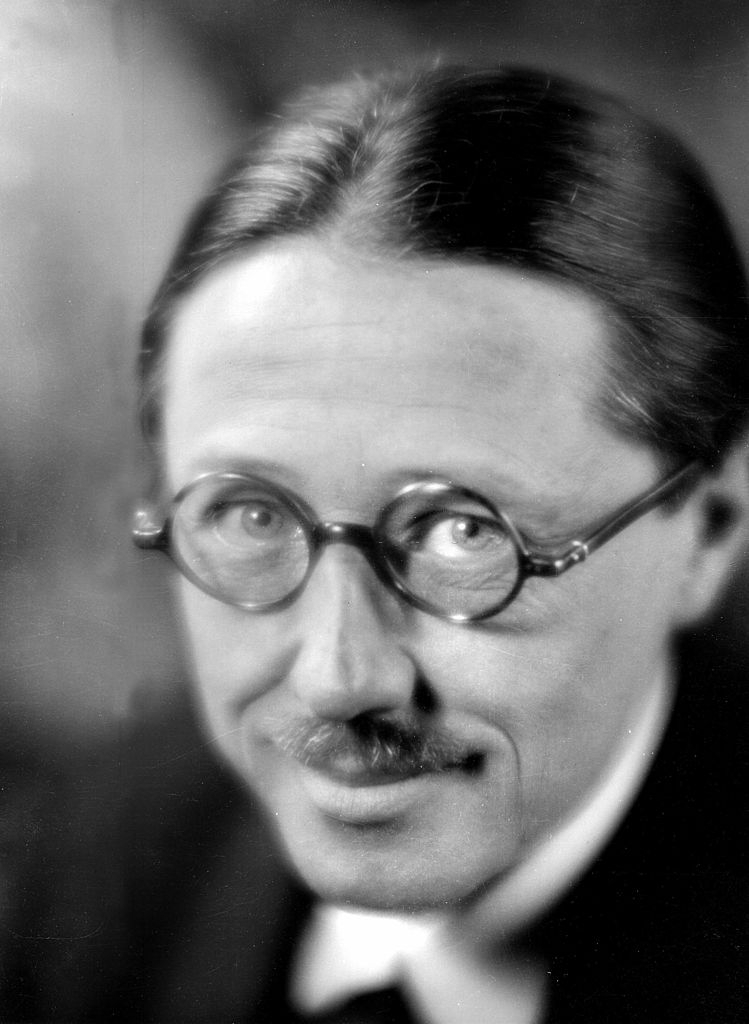
Émile-Jacques Ruhlmann, (sometimes called Jacques-Émile Ruhlmann), was a French furniture designer and interior decorator, who was one of the most important figures in the Art Deco movement. His furniture featured sleek designs, expensive and exotic materials and extremely fine craftsmanship, and became a symbol of the luxury and modernity of Art Deco. It also produced a reaction from other designers and architects, such as Le Corbusier, who called for simpler, functional furniture.
